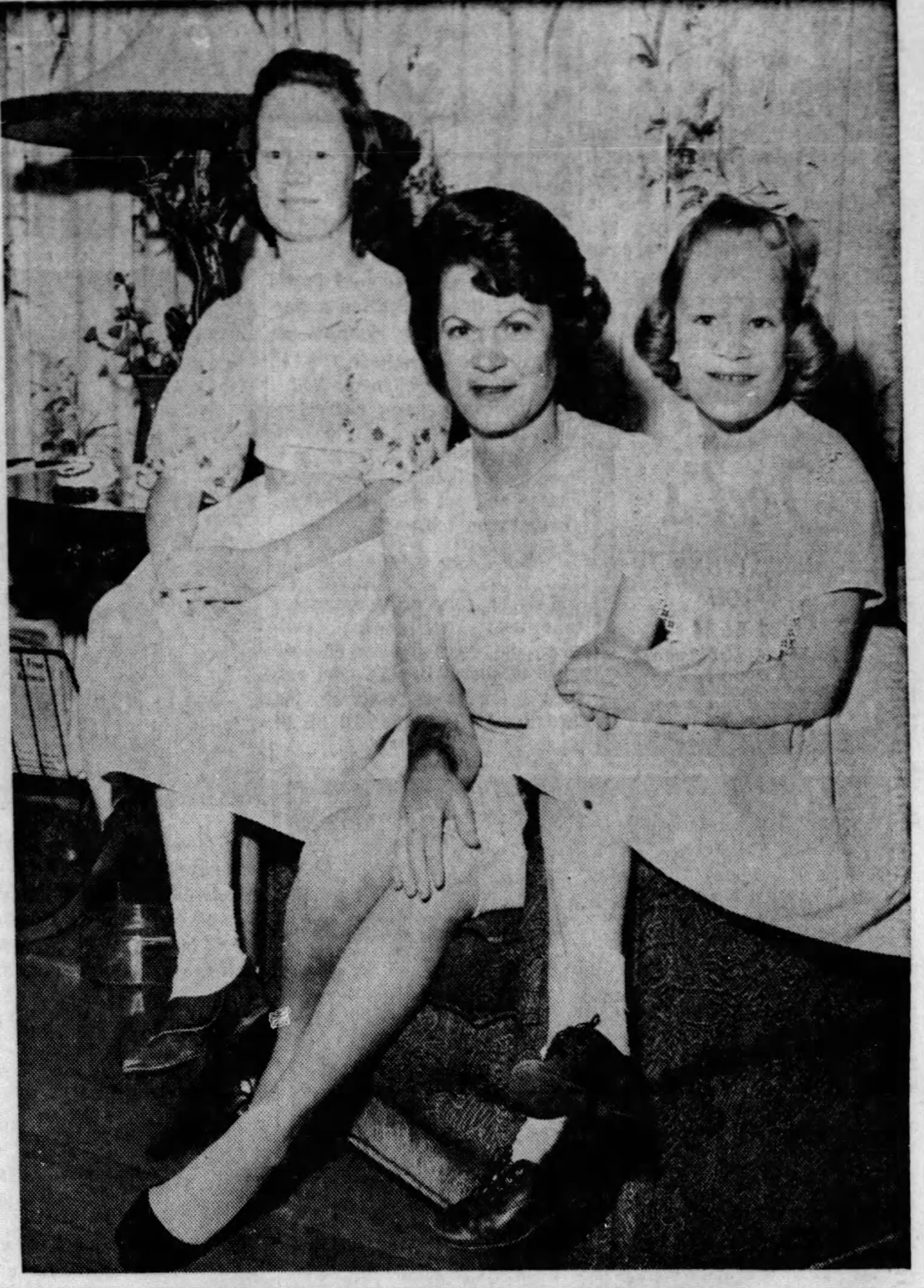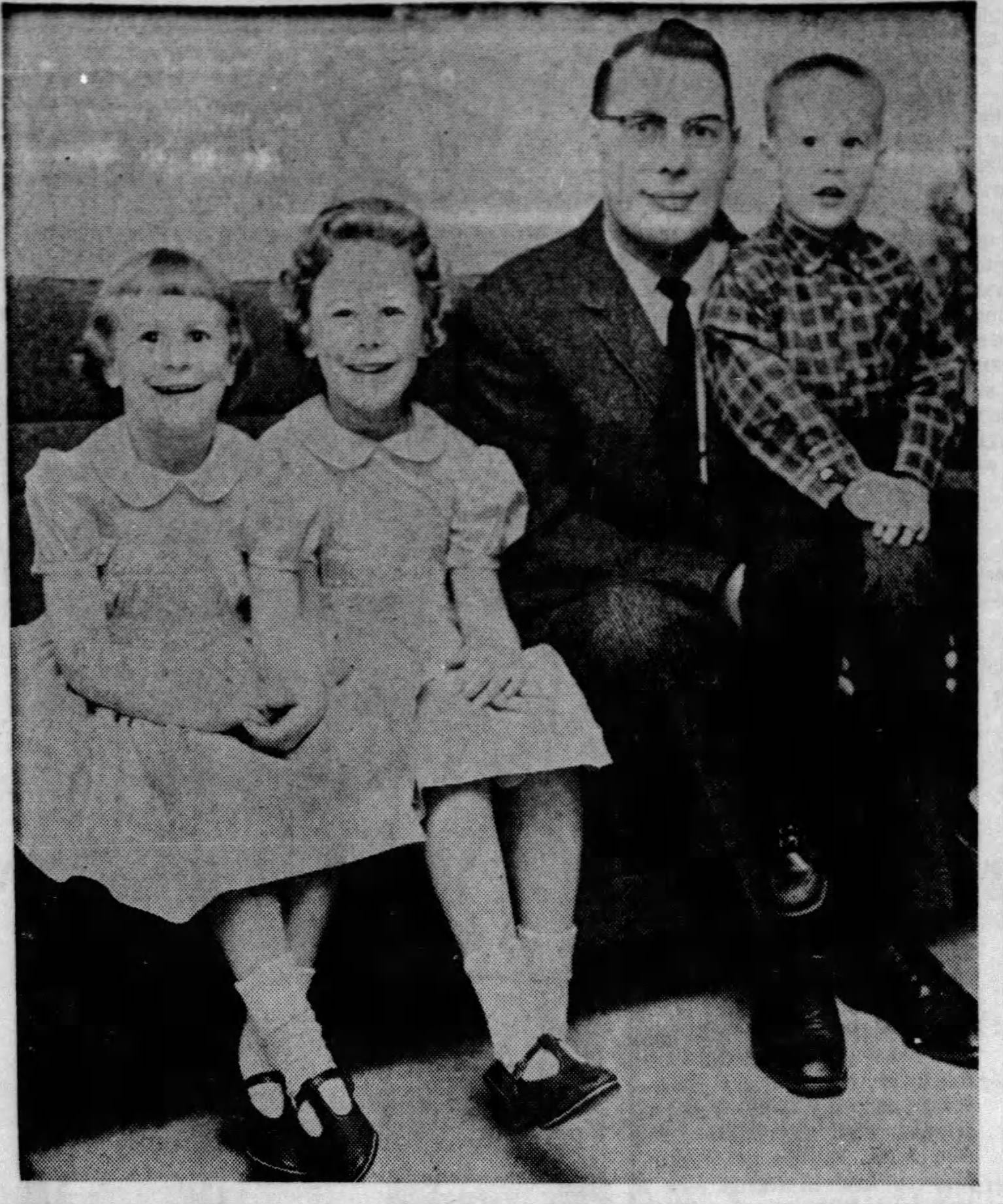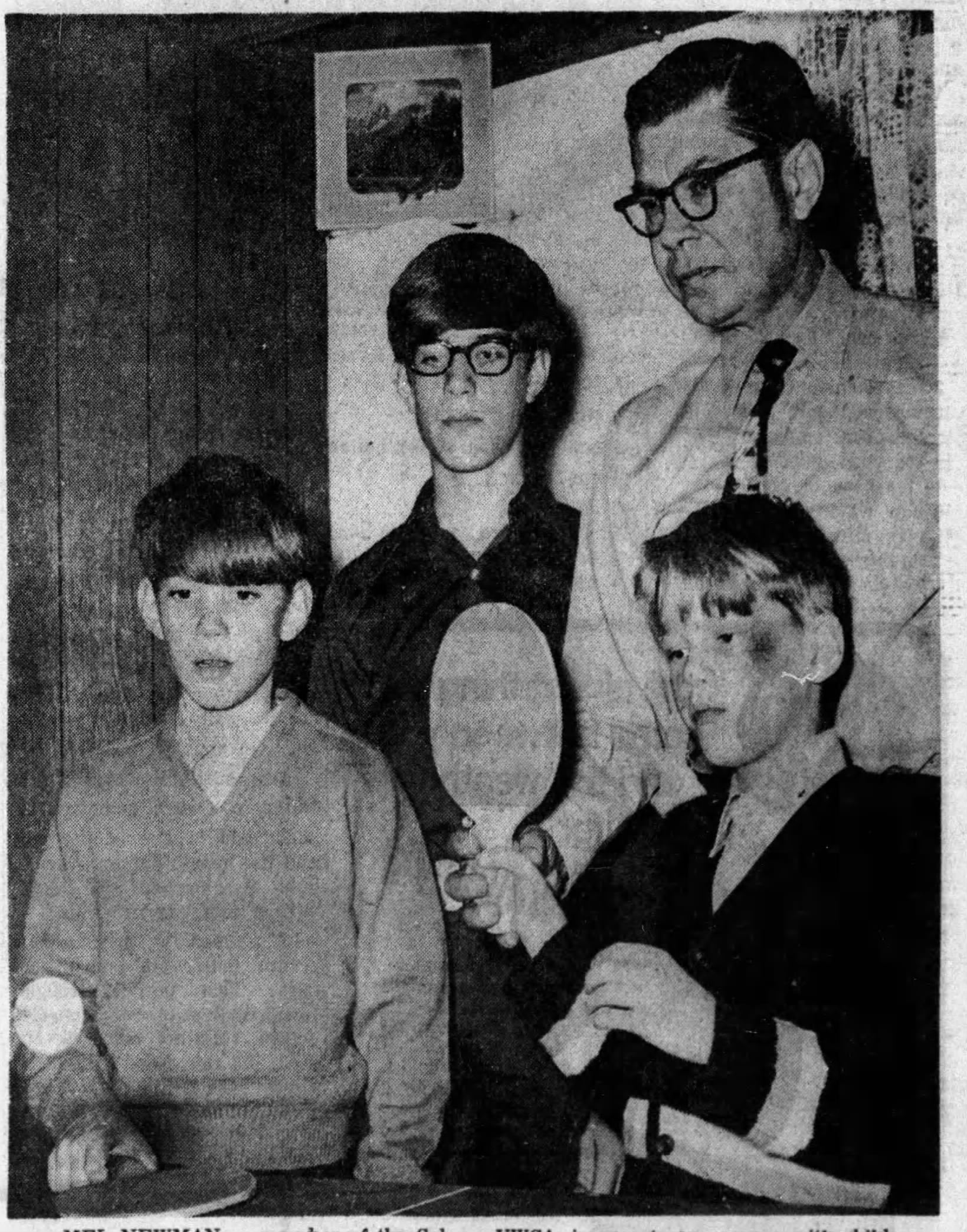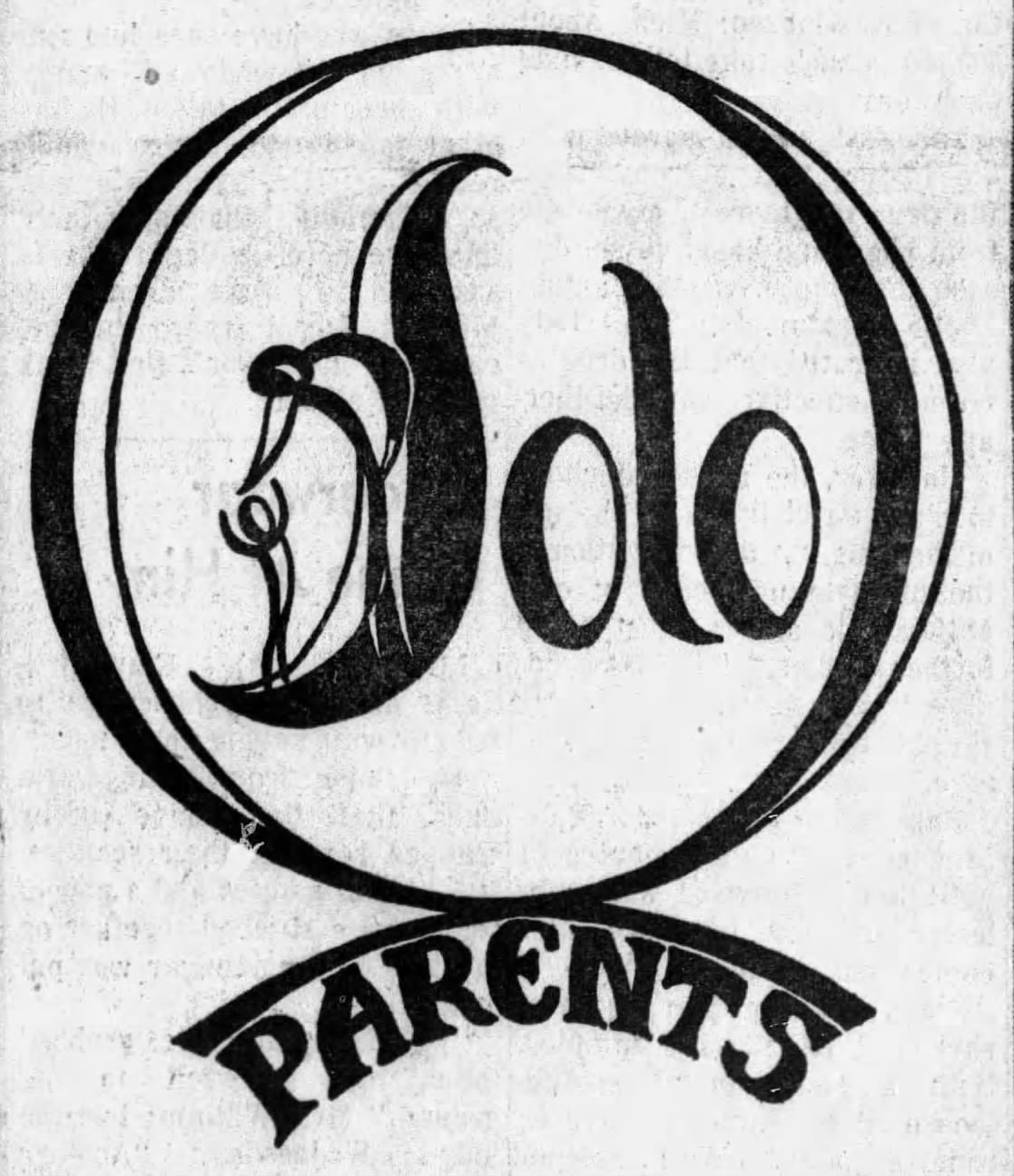The solo parents club was founded in 1963 to help single parents find activities,  resources, and friends for their children and themselves. The purpose, as listed in the original club constitution, was “to establish a means of enabling parents who are without a partner to meet together, discuss mutual problems about themselves and their children, cultivate common interests and knowledge through educational programs, and create greater opportunities for social contact between themselves and their families.”
resources, and friends for their children and themselves. The purpose, as listed in the original club constitution, was “to establish a means of enabling parents who are without a partner to meet together, discuss mutual problems about themselves and their children, cultivate common interests and knowledge through educational programs, and create greater opportunities for social contact between themselves and their families.”
It was also stated that “membership in this club is open to any parent who is widowed, divorced, separated, or unwed regardless of race, creed, or color.” The founding members also ensured that the club was open to all parents, whether they had custody of the child or only visitation rights.
The name “solo parent’s club” was originally under intense scrutiny by the board members. They thought that no one would show up to a club that singled them out in a negative way. They suggested the club be called the “parents without partners club” instead. However, the club founders strongly believed that naming the parent “solo” was not bad and embraced the controversy that the name caused. At the first meeting, 50 parents showed up, proving the board wrong and cementing the name for the next thirty years.
This club was one of the first YWCA clubs that men were invited to join. With admittance to the club, men received an associate membership to the organization.
 The club hosted two monthly meetings and parties on special occasions throughout the year. The first meeting of the month was an educational meeting that could take the form of lectures, film viewings, workshops, or anything else that was constructive to the members. Often a speaker would come to these meetings and discuss a topic related to childcare or parenting. Some of these speakers included child psychologists, ministers, public school and college personnel, speakers from family service organizations, mental health center employees, and more.
The club hosted two monthly meetings and parties on special occasions throughout the year. The first meeting of the month was an educational meeting that could take the form of lectures, film viewings, workshops, or anything else that was constructive to the members. Often a speaker would come to these meetings and discuss a topic related to childcare or parenting. Some of these speakers included child psychologists, ministers, public school and college personnel, speakers from family service organizations, mental health center employees, and more.
The second meeting of the month was strictly social. The club would hold events such as bowling, dancing, playing cards, picnics, cooking classes, etc. The club hosted most of these events so the kids could play with each other; however, some events were exclusively for the parents. Members felt a need for social events outside the family circle, and the club provided in the form of dinners out, wine tasting, and adult dancing lessons.
The club became so popular that in 1975 there were 150 members. People would travel from other cities to attend these meetings; some of the members’ hometowns included: Sibley, IA, Pipestone, MN, Mitchell, SD, Yankton, SD, and Okoboji, IA.
The club wasn’t specific to Sioux Falls; YWCAs from all over the country had similar clubs, and every year, there was a national convention for all the club branches. In Sioux Falls, the members would vote on one Mother of the Year and one Father of the Year to send to these conventions. While there, the members could attend various workshops, including communication with children, sex education, mother talks with son, father talks with daughter, religious adjustments of solo parents, and problems solo parents face. There was also a national solo parents father and mother of the year contest that the members could participate in.
convention for all the club branches. In Sioux Falls, the members would vote on one Mother of the Year and one Father of the Year to send to these conventions. While there, the members could attend various workshops, including communication with children, sex education, mother talks with son, father talks with daughter, religious adjustments of solo parents, and problems solo parents face. There was also a national solo parents father and mother of the year contest that the members could participate in.
While the club was full of single adults, the intent was not for matchmaking. In a survey taken by the club in 1974, results showed that almost all the members were uninterested in meeting a potential spouse in the club. The members compared themselves to brothers and sisters, and all felt that the club wasn’t the right place for dating; it was a place to find other single people. According to Janet Stransky, 1983 national mother of the year and member of the Sioux Falls branch since 1976, “Once you’ve been a couple and you no longer are, let’s face it, you no longer have much in common with your married friends anymore. Some people don’t like to go places alone. At solo parents’ events, you know there’ll be people there.”
 Sioux Falls greatly impacted the National Solo Parents club; the national convention was hosted here on multiple occasions. And in 1970, Jan Mcconnell, an art teacher at Lincoln High School, submitted a symbol she drew. It was selected for use as the national logo.
Sioux Falls greatly impacted the National Solo Parents club; the national convention was hosted here on multiple occasions. And in 1970, Jan Mcconnell, an art teacher at Lincoln High School, submitted a symbol she drew. It was selected for use as the national logo.
One of the main projects that the club completed was fundraising to adopt a room in Threshold – a housing place for children. When a child was hurt from sexual abuse, homelessness, abandonment, drug/alcohol abuse, pregnancy, school programs, or depression, Threshold was available to house them and help them through the process. The club fundraised all year so they could afford to adopt a room in their names in the Threshold building.
The club lasted until 1990, but our organization has never stopped in its mission to support single parents.
At EmBe, we’re committed to making childcare accessible to all. Sioux Falls is in a childcare crisis like the rest of the nation. According to the US Department of Health, child care becomes unaffordable when the cost exceeds 7% of a household’s income. In South Dakota, the median family income is $59,896, meaning child care becomes unaffordable at anything over $4,192. However, for even the most innovative, licensed providers, the cost of care will exceed $10k per year.
While that makes childcare unaffordable for the average household, the rising cost is even steeper for single-parent households who earn a median income of $39,000.
There is no plausible way for employers to lower their charges either. Childcare providers spend about 80% of their earnings on compensation and benefits for their workers. Despite it being their most significant expense, providers cannot maintain a competitive wage for their employees. These already under-staffed facilities are now losing workers to higher-paying jobs and becoming more inaccessible for working families.
At EmBe, we’re working to solve this problem. Each year, we give away over $350,000 in scholarships for childcare.
Want to help?
If you’re a working parent, an educator, or a leader in government or business, learn more about the Sioux Falls Childcare Collaborative.
Also, donate to our Core to Core campaign so we can continue providing scholarships and funding to those who need it.
